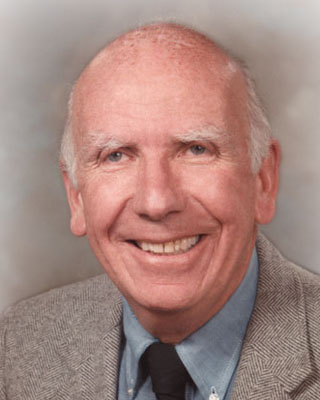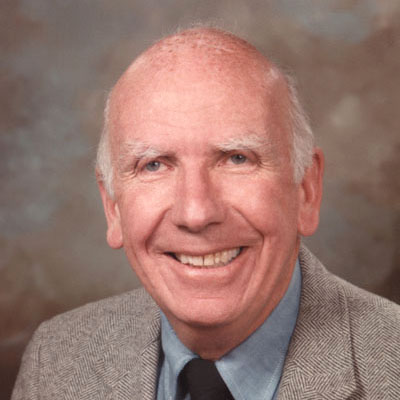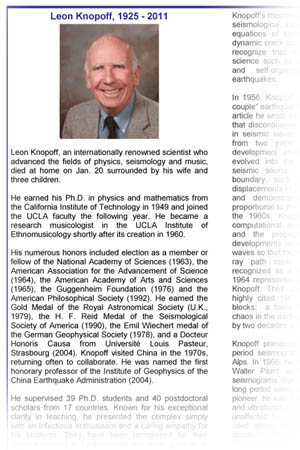By Paul Davis and David Jackson, UCLA
Leon Knopoff, an internationally renowned scientist who advanced the fields of physics, seismology and music, died at home on Jan. 20 surrounded by his wife and three children.
He earned his PhD in physics and mathematics from the California Institute of Technology in 1949 and joined the UCLA faculty the following year. He became a research musicologist in the UCLA Institute of Ethnomusicology shortly after its creation in 1960.
His numerous honors included election as a member or fellow of the National Academy of Sciences (1963), the American Association for the Advancement of Science (1964), the American Academy of Arts and Sciences (1965), the Guggenheim Foundation (1976) and the American Philosophical Society (1992). He earned the Gold Medal of the Royal Astronomical Society (UK, 1979), the H. F. Reid Medal of the Seismological Society of America (1990), the Emil Wiechert medal of the German Geophysical Society (1978), and a Docteur Honoris Causa from Université Louis Pasteur, Strasbourg (2004). Knopoff visited China in the 1970s, returning often to collaborate. He was named the first honorary professor of the Institute of Geophysics of the China Earthquake Administration (2004).
He supervised 39 PhD students and 40 postdoctoral scholars from 17 countries. Known for his exceptional clarity in teaching, he presented the complex simply with an infectious enthusiasm and a caring empathy for his students. They have been recognized for their rigorous training in fundamentals and have gone on to successful academic and industrial careers. Four outstanding teaching awards earned from UCLA's Physics Department were among his treasures.
His exemplary career was replete with outstanding contributions to fundamental geophysics, and by applying ideas from mathematical physics to seismology he contributed to both fields. Knopoff was extremely creative, unusually prolific and elegant in his choice of research topics. The hallmarks of his research were extreme rigor and thorough consideration of alternate interpretations.
Knopoff's theoretical advances cover nearly everything seismological, including diffraction, attenuation, creep, equations of state, scattering, cracked media, and dynamic crack propagation. He was one of the first to recognize that modern developments in nonlinear science such as chaos, strange attractors, fractality, and self-organized criticality also applied to earthquakes.
In 1956, Knopoff published the basis for the "double couple" earthquake source model, so-named in a 1960 article he wrote with Freeman Gilbert. Knopoff showed that discontinuous displacement across a fault results in seismic waves identical, in the far field, to those from two pairs of opposing body forces. This development enabled rapid computation and later evolved into the moment tensor representation of seismic sources. He showed how motion on a boundary, such as a seismic fault, is linked to displacements in a medium, such as the Earth's crust, and demonstrated that such displacements are proportional to the slip velocity across a fault plane. In the 1960s, Knopoff and his colleagues developed computational approaches for fault plane dynamics and the propagation of seismic waves. These developments underpinned methods to invert seismic waves so that focal mechanisms and velocity along the ray path could be inferred. Another milestone, recognized as a first principle in seismology, is the 1964 representation theorem by Robert Burridge and Knopoff. Their continued collaboration included the highly cited 1967 model of interacting springs and blocks: a basis for simulating self-organization and chaos in the earthquake dynamical system. It predated by two decades such developments in physics.
 L E O N K N O P O F F ____________________________________________________________________________________________________________
L E O N K N O P O F F ____________________________________________________________________________________________________________

